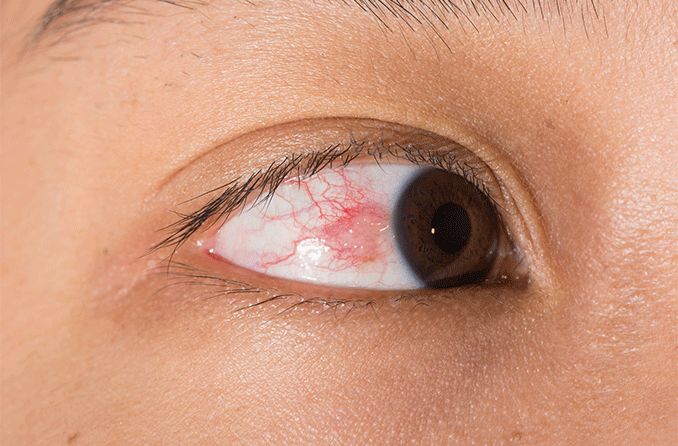
Demystifying Episcleritis: Understanding Causes, Symptoms, and Treatment
Abstract: Episcleritis is a benign inflammatory condition affecting the episclera, often characterized by redness, discomfort, and irritation of the eye. This article offers a comprehensive exploration of episcleritis, elucidating its etiology, clinical features, diagnostic methods, treatment options, and prognostic considerations.
Introduction: Episcleritis is a relatively common ocular disorder characterized by inflammation of the episclera, a thin layer of tissue lying between the conjunctiva and sclera. While typically self-limiting and benign, episcleritis can cause significant ocular discomfort and may warrant medical attention for proper diagnosis and management.
Etiology and Risk Factors: The exact cause of episcleritis remains elusive, though it is believed to result from immunological factors or local irritation. Certain systemic conditions, such as rheumatoid arthritis, inflammatory bowel disease, and infections, may predispose individuals to episcleritis. Environmental factors, such as allergens or ocular trauma, may also contribute to its development. (Source: American Academy of Ophthalmology – Episcleritis)
Clinical Presentation: Episcleritis typically presents as unilateral or rarely bilateral ocular redness, often described as a sectoral or diffuse pinkish hue. Patients may experience mild discomfort, foreign body sensation, or tenderness upon palpation of the affected area. Unlike scleritis, episcleritis does not typically cause severe pain or vision changes.
Diagnosis: Diagnosing episcleritis involves a thorough clinical examination, including slit-lamp biomicroscopy to visualize the episcleral vessels and assess for characteristic inflammation. In some cases, additional tests such as laboratory investigations or imaging studies may be warranted to evaluate for underlying systemic diseases or complications.
Treatment Strategies: Management of episcleritis aims to alleviate symptoms, reduce inflammation, and address underlying triggers or predisposing factors. Topical corticosteroids, nonsteroidal anti-inflammatory drugs (NSAIDs), and lubricating eye drops are commonly prescribed to relieve discomfort and reduce ocular inflammation. In cases associated with systemic conditions, systemic immunosuppressive agents or treatment of the underlying disease may be necessary.
Prognosis: Episcleritis generally follows a self-limiting course, with most cases resolving spontaneously within weeks to months. Recurrences are not uncommon, particularly in patients with underlying systemic diseases or predisposing factors. Prognosis is generally favorable, and serious complications are rare.
Conclusion: In conclusion, episcleritis is a relatively common inflammatory condition of the eye characterized by episcleral vessel dilation and ocular redness. While typically benign and self-limiting, episcleritis may cause discomfort and warrant medical evaluation for proper diagnosis and management. By understanding its etiology, clinical features, and treatment options, ophthalmologists can effectively manage episcleritis and optimize patient outcomes.


